On November 28, Indian rescuers successfully rescued 41 workers trapped in a tunnel in Uttarakhand state after a 17-day ordeal. The workers were placed on wheeled stretchers and taken out through a 90-centimeter-wide steel tube.
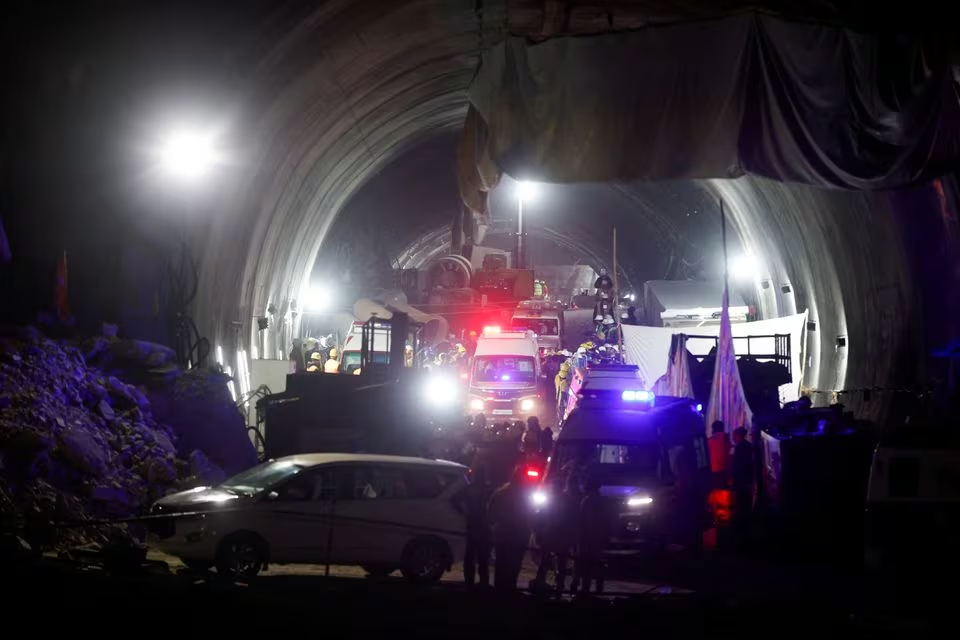
Ambulances wait at the tunnel entrance to take trapped workers to hospital. Photo: Reuters
The 41 workers were then taken by ambulance to a medical facility 30 km away. They are expected to return home after doctors confirm their health is stable.
Over the past 17 days, Indian authorities have deployed many rescue plans but have not been able to reach the workers due to difficult terrain and weather. Rescuers have dug and installed two small pipelines to provide oxygen, water and food to the group of workers.
After a second heavy-duty drill broke down and failed to reach the workers through the rubble, Indian authorities on November 27 summoned a group of six people whose profession is banned in the country - "rat miners".
Immediately after being summoned, the “rat miners” set to work. They needed to dig another 15 meters out of 60 meters of rubble to reach the trapped workers.
The “rat miners” group divided into two teams of three, with one drilling, one clearing debris, and the other pushing debris out of the pipeline. The group said they took turns working continuously for more than 24 hours.
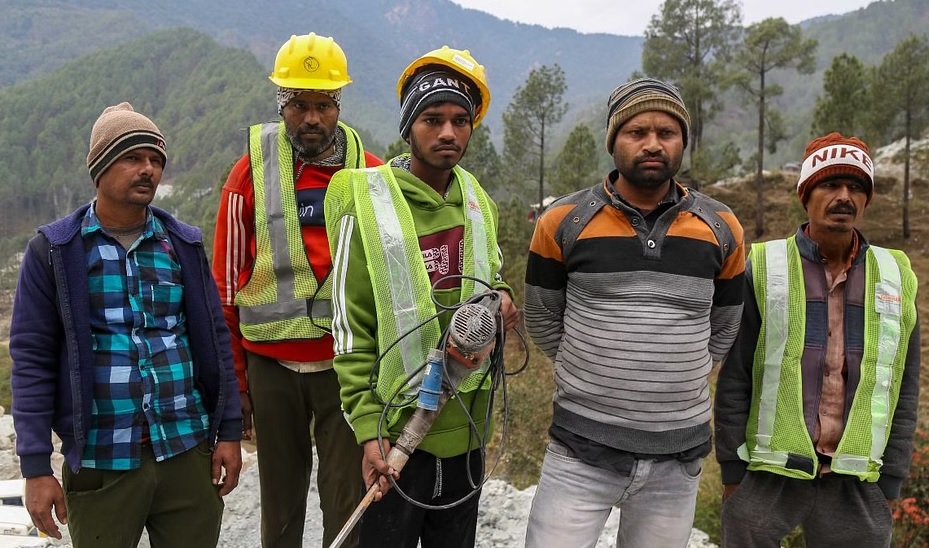
A group of "rat miners" successfully helped rescue 41 workers trapped in an Indian tunnel. Photo: Suraj Singh Bisht
“After breaking through the rubble and seeing them inside the tunnel, we hugged them like family,” said Nasir Hussain, one of the six miners.
“It’s a tough job, but it’s not difficult for us,” said another miner, Firoz Qureshi, smiling broadly as he joined his colleagues outside the tunnel. His face was still streaked with white dust from a night of drilling through the rubble.
The “rat hole” work of the six miners is a dangerous and controversial method, but was still widely used in the northeastern Indian state of Meghalaya to mine thin coal seams until 2014, when the practice was banned due to environmental damage and many deaths.
The name “rat miners” comes from their resemblance to rats, who dig holes in the ground. The holes are just big enough for workers (usually children) to descend by rope or ladder to get the coal. The workers often do not have safety equipment, nor do they have proper ventilation.
In January 2019, organizations said the “rat hole” work model had killed between 10,000 and 15,000 people in India between 2007 and 2014.
The practice became illegal in the 1970s, when India nationalized coal mines and gave them a monopoly to the state-run Coal India Company. However, many small-scale mine owners continue to employ low-level people to mine coal illegally.
Hoai Phuong (according to Reuters)
Source





















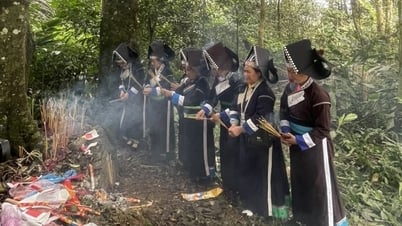
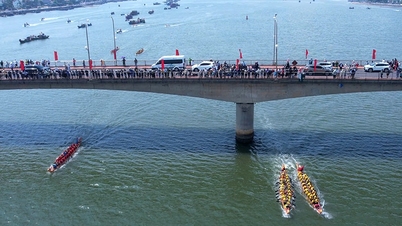
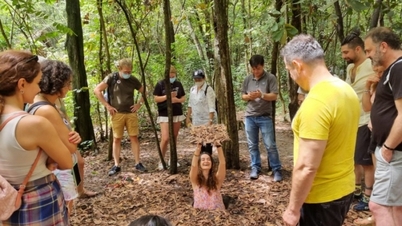


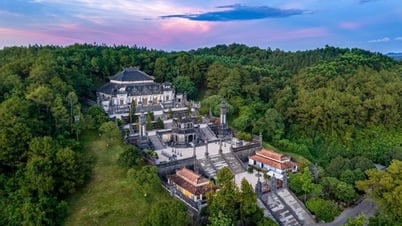














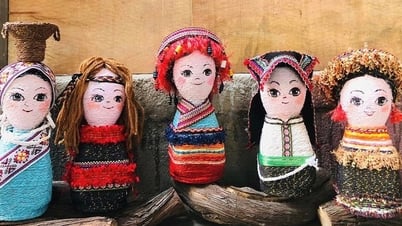









![[Maritime News] Wan Hai Lines invests $150 million to buy 48,000 containers](https://vphoto.vietnam.vn/thumb/402x226/vietnam/resource/IMAGE/2025/6/20/c945a62aff624b4bb5c25e67e9bcc1cb)














![[Infographic] Party Committee of the Ministry of Culture, Sports and Tourism: Marks of the 2020 - 2025 term](https://vphoto.vietnam.vn/thumb/402x226/vietnam/resource/IMAGE/2025/6/22/058c9f95a9a54fcab13153cddc34435e)


























Comment (0)